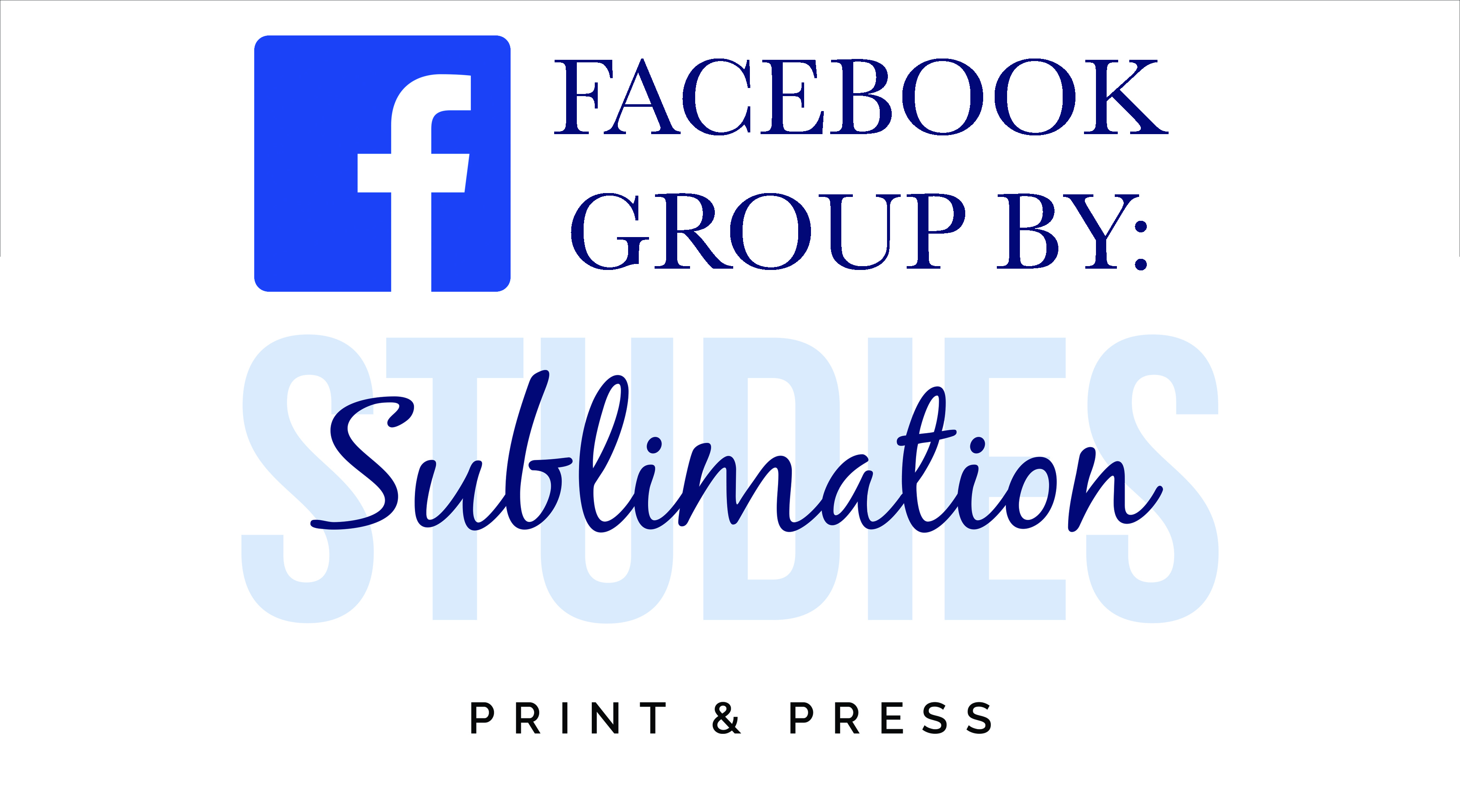DISCLAIMER: Sublimation Studies is a participant in the Amazon Services LLC Associates Program, an affiliate advertising program designed to provide a means for sites to earn advertising fees by advertising and linking to Amazon.com.
Below is a tutorial on how I used a ColorMunki to create a sublimation printer color profiles for my Artisan 1430!
What You Will Need:
Adhesive Spray(here)
Butcher Paper(Here)(Holder-Here)
Heat Press:(here)
Sublimation Paper: (here)
Printer: Epson Artisan 1430(here– no longer available)- Check out this article
Refillable cartridges:(here)
Sublimation Ink: InkXPRO(here) Cartridges and ink set (here)
100% polyester fabric-(here)
Software– that you plan on printing from(Photoshop, Illustrator, Silhouette)
Printer calibrating tool and software
I used the X-rite Color Munki l(here)an updated version (here)
Updated: I just used the updated Color Munki (I Studio) and it is so much easier to use! I highly recommend it!
It can also be rented (here)
Another calibrating tool on the market, that I have not used is the-
Datacolor Spyder Print S4SR100 (here)
Let’s Get Started
Step 1: Getting Started
Download ColorMunki Software

Open software and select: Profile Printer

Choose “Create New Profile”, select printer you will be using and type in the paper type you will be using

Step 2: First Print

- You need to print from the same software and settings that you will normally print from. I print from photoshop so I hit Print>Save As> Save as Pdf> and save it and import it into the software that you print from




Step 3: Press First Color Card
I am making a general profile to use on a wide variety of things, so I am just pressing on 100% polyester. But if you always print onto something specific, you could use that instead.

Spray with adhesive

Place on 100% polyester fabric.

Place butcher paper on top- this protects your heat press and future prints as sometimes the ink bleeds through the paper. I pressed for 400 degrees for 1 minute and light to medium pressure.


Step 4: Scan in First Print

Plug in the ColorMunki

Follow Directions on screen to rotate arrow on ColorMunki
Hit Calibrate

Rotate again and you are ready to scan!

The program will have a yellow box around the column you should be scanning. Once you successfully complete the row it will go to the next one. If you need to redo it, it will flash red and then stay on the same column.


Once all the columns are completed it will look like this, hit next.
Step 5: Software will compute another print

Step 6: Repeat set 2-6





Once you have printed, pressed and scanned the second test print, the software does the rest!
Step 7: Final Steps
Choose Printer Profile Name
Decide if you want to integrate with your programs
Save it and start printing with perfect colors!
I hope this helped you out! If you have any questions don’t hesitate to ask below in the comments!
XOXO,
Jane





Do you know if the X-Rite Colormunki “smile” is just as effective and works this same way? Its way cheaper.
Hi Jane,
Unfortunately, you can’t use it for printer calibration. It is only a computer screen calibrator!
Thanks
Jane
Jane, could you tell me the reason for using the Adhesive Spray?
Hi Gil,
Good Question! The adhesive spray is to make sure the image doesn’t move during the up/down pressing of the transfer. If it moves, it will cause
“ghosting” which is when the image is blurry.
Thanks Jane… that makes sense. Do you spray the entire surface of the Color Card or just the white borders? How about heat resistant tape, would that be a good substitute for spray, or not?
If you are pressing on a hard surface like ceramic(mugs) or metal then use heat resistant tape. If you are using a soft substrate then, use the spray! I tend to lightly mist the whole image. You have to be careful that you are misting the image and not putting too much spray on or your design or it will be blotchy(I find this only happens when the spray bottle has build up around the “mister” and you can see right away you sprayed too much!
-Jane
Thanks for this guide. We did use the profiles that were delivered with the printer, which we use for small quantities and urgent prints on namebadges (though most orders we print on a flat bed printer with UV-inks , which is perfectly fine). The results were ok, but just only that: ok. We made a profile with the x-rite i1 Studio and the results differ like day and night. Magenta is just what it should be, grays are neutral, dark blue colors no longer have a light magenta touch, as it sometimes used to have and finally 100% yellow is just that: 100% yellow. Even the hardware is quite cheap compared to other more professional calibration tools it has done a wonderful job!
So happy to hear this helped you! Happy printing!
This is great information and useful, but in our case we want to do the profiking based on things like ceramic mugs and aluminum with the images pressed/transferred, not the paper output of the printer as it’s not representative of the final product. Do you have any thoughts on how to go about scanning a ceramic mug? Or possibly using a ceramic tile with a very similar finish and whiteness would work?
Hi Tim,
I would find a flat item that closely represents the material you intend to use and use that for the profiling. For aluminum, I know people commonly use license plates. Best of luck!